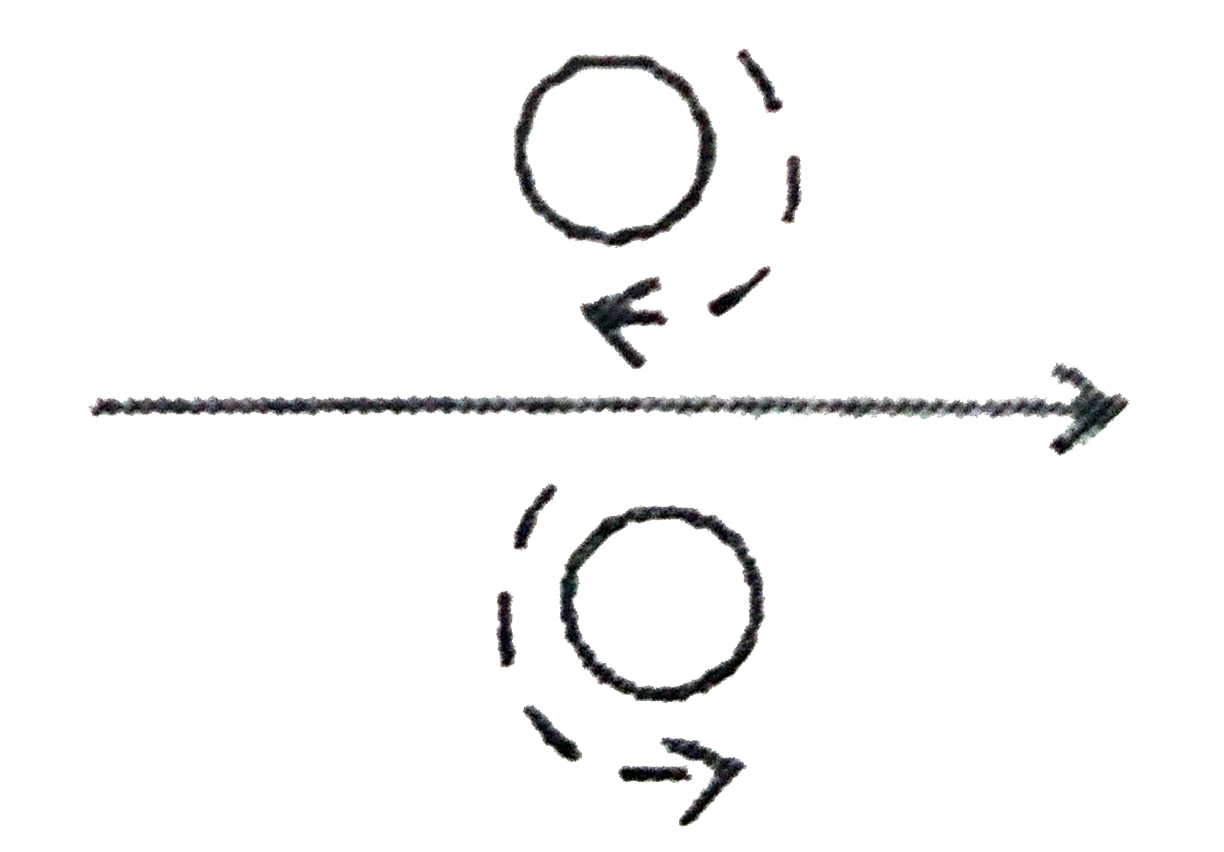When a current is established in a wire, the free electrons drift in the direction opposite to the current, Does the number of free electrons in the wire continuously decrease?
Step by step video & image solution for When a current is established in a wire, the free electrons drift in the direction opposite to the current, Does the number of free electrons in the wire continuously decrease? by Physics experts to help you in doubts & scoring excellent marks in Class 12 exams.
Updated on:21/07/2023Topper's Solved these Questions
- ELECTRIC CURRENT IN CONDUCTORSBOOK - HC VERMACHAPTER - ELECTRIC CURRENT IN CONDUCTORSEXERCISE - Objective 1
16 Videos
- ELECTRIC CURRENT IN CONDUCTORSBOOK - HC VERMACHAPTER - ELECTRIC CURRENT IN CONDUCTORSEXERCISE - Objective 2
9 Videos
- ELECTRIC CURRENT IN CONDUCTORSBOOK - HC VERMACHAPTER - ELECTRIC CURRENT IN CONDUCTORSEXERCISE - worked out Example
1 Video
- DISPERSION AND SPECTRABOOK - HC VERMACHAPTER - DISPERSION AND SPECTRAEXERCISE - Exercises
11 Videos
- ELECTRIC CURRENT THROUGH GASESBOOK - HC VERMACHAPTER - ELECTRIC CURRENT THROUGH GASESEXERCISE - Exercises
23 Videos
Similar Questions
Knowledge Check
A small insect crawls in the direction of electron drift along bare copper wire that carries a current of 2.56A. It travels with the drift speed of the electron in the wire of uniform cross-section area 1mm2Number of free electrons for copper =8×1028/ and resistivity of copper = 1.6×10−8Ωm
How much time would the insect take to crawl 1.0 cm if it crawls at the drift speed of the electron in the wire?A50secB5secC5000secDNone of theseA small insect crawls in the direction of electron drift along bare copper wire that carries a current of 2.56A. It travels with the drift speed of the electron in the wire of uniform cross-section area 1mm2Number of free electrons for copper =8×1022/ and resistivity of copper = 1.6×10−8Ωm
If the insect starts from the point of zero potential at it reaches a point of ……potential after 10 secA80μVB−80μVC160μVD−160μVDrift velocity of free electrons when current passes through the conductor is of the order of
A10mm/sB10m/sC10km/sD106m/s
When electrons drift in a metal from lower to higher potential, does it mean that all the 'free' electrons of the metal are moving in the same direction ?
View SolutionWhat is thermal motion of free electrons ? Why does it not amount to any current ?
View SolutionDefine relaxation time of the free electrons drifting in a conductor. How is it related to the drift velocity of free electrons ? Use this relation to deduce the expression for the electrical resistivity of the material.
View SolutionA copper wire of diameter 0.16 cm is connected in series to an aluminium wire of diameter 0.25 cm. A current of 10 A is passed through them. Find (i) current density in the copper wire (ii) drift velocity of free electrons in the aluminium wire. The number of free electrons per unit volume of aluminium wire is 1029m−3.
View SolutionAn electric current of 16 A exists in a metal wire of cross section 10−6m2 and length 1 m. Assuming one free electron per atom. The drift speed of the free electrons in the wire will be (Density of metal = 5×103kg/m3 atomic weight = 60)
View Solution


